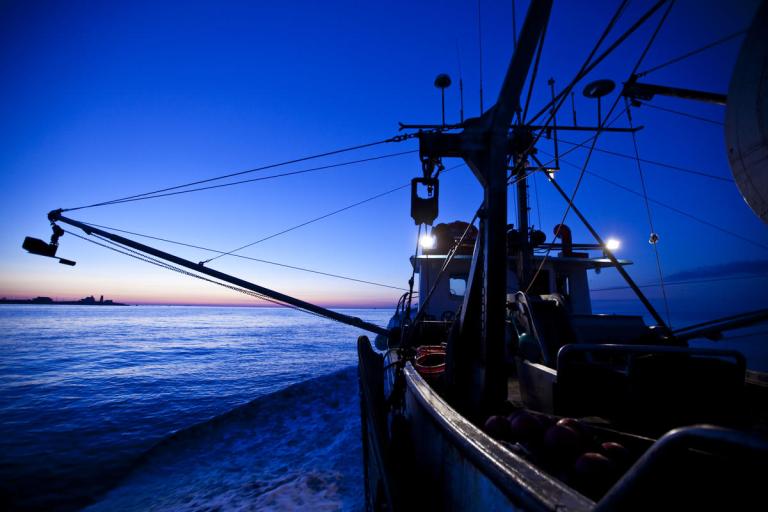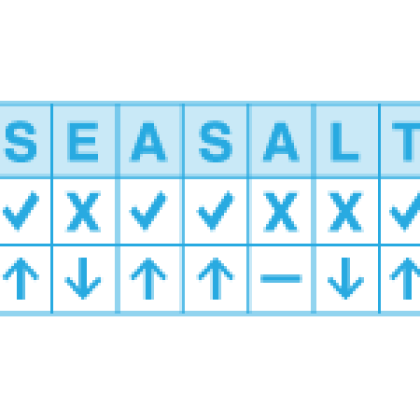


Ensure effective fishery management
Pathway for climate-resilient fisheries
Ensure effective fishery management and governance is in place
The first step in addressing the impacts of climate change is to improve existing fisheries management, especially where effective management and governance does not yet exist. Without the establishment of best practices for effective management and governance in partnership with fishermen, very little can be done to address climate change effects.
Supporting Case Study

The Pacific sardine fishery off the U.S. West Coast is notorious for wide swings in abundance as a result of changing ecological conditions. Scientific researchers have been able to measure clear and strong correlations between water temperature and stock abundance. This relationship is “lagged,” meaning that a change in water temperature affects the harvestable biomass of sardine in a subsequent time period. By utilizing sardine biomass assessments that account for this environmental variability, managers have developed a science-based harvest control rule that changes the future harvest rate of sardine according to current water temperature indices. The result is effectively a “hard-wired” adaptive management system, based on ecosystem indicators, that helps ensure harvest rates are in line with stock productivity.
Learn more here: Will fisheries management best practices need to adapt as climate change impacts the ocean?
Elements of fisheries management best practice include:
Scientifically determined catch limits
Well-defined rights of access
Systems of accountability
Transparent decision-making processes
Adequate enforcement provisions




